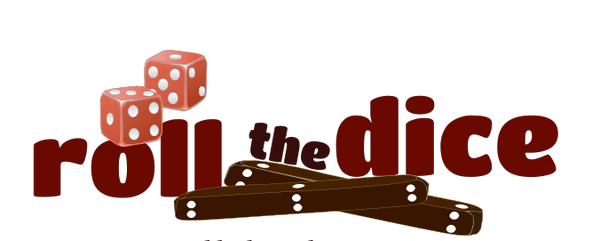Games Our Ancestors Played: Ancient Indian Strategies for Mindfulness, Patience & Emotional Regulation
Share
Check Out All The Handcrafted Indian Traditional Board Games Here
Sometimes I wonder... how did children regulate their emotions before “coping skills” were a formal subject? Before schools had counselling cells or play therapists?
Turns out, they played. But not just anything—they played with intention, without even realizing it.
In old Indian homes, board games weren’t locked in cupboards. They were on floors, drawn into stone, painted on courtyards, played between chores, stories, and prayers. These games—Pagade, Chowkabara, Navakankari, Alugulimane—had no batteries, no winners shouting into mics, no medals, no no hyper visuals. But what they had was rhythm. Repetition. Reflection. Regulation.
From a therapist's lens, here's what's quietly at play:
-
Chouka baara and delayed gratification: Kids wait for the right cowrie throw. They fail. They try again. This is a lived experience in tolerating frustration—a core executive skill.
-
Pagade / Chausar and emotional neutrality: A pawn close to the finish gets sent back. Unlike in video games, there's no screaming avatar. Just a pause. Acceptance. Start over. This is cognitive flexibility and non-reactive response—so hard to teach, so naturally embedded here.
-
Alugulimane / Channemane and fine motor flow: Those beads moving from pit to pit—it’s a bilateral hand movement, much like therapy putty or sand play. It soothes.
-
Snakes & Ladders and moral reasoning: The original Moksha Patam wasn't about winning. It was about self-correction. Ladders of kindness. Snakes of pride. It teaches value-driven introspection.
These aren’t just nostalgic footnotes. They’re neurodevelopmental tools, social emotional learning instruments, and behavioural therapy aids—all in disguise.
What if we stopped looking at these games as "extra-curricular" and instead placed them in core curricula?
What if paediatricians prescribed floor play with a board instead of more screentime-based apps?
What if schools had a weekly “traditional games hour” just like yoga or art?
They cost nothing. Require no electricity. Can be played in villages or metros. And most importantly—they are inclusive.
Neurodivergent children. Anxious teens. Isolated elders. Overstimulated parents. Everyone can join. No one’s left behind.
We don’t need to reinvent new tools. We need to re-look at what we already had.
Maybe our ancestors weren’t just playing. Maybe they were healing too.
Let’s bring them back—into counselling rooms, therapy circles, school halls, and family living rooms.
Would love to hear from educators and therapists who try it out.
